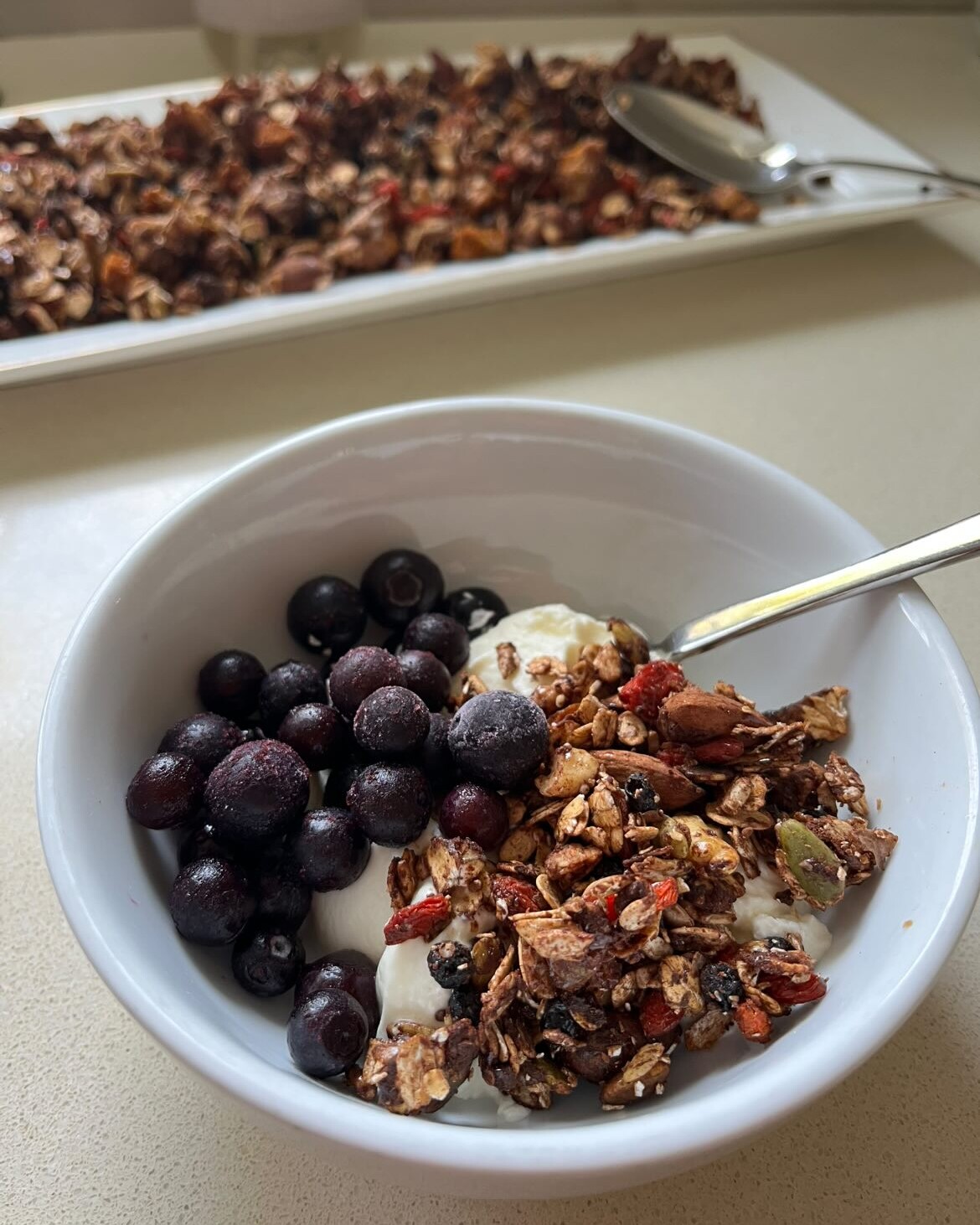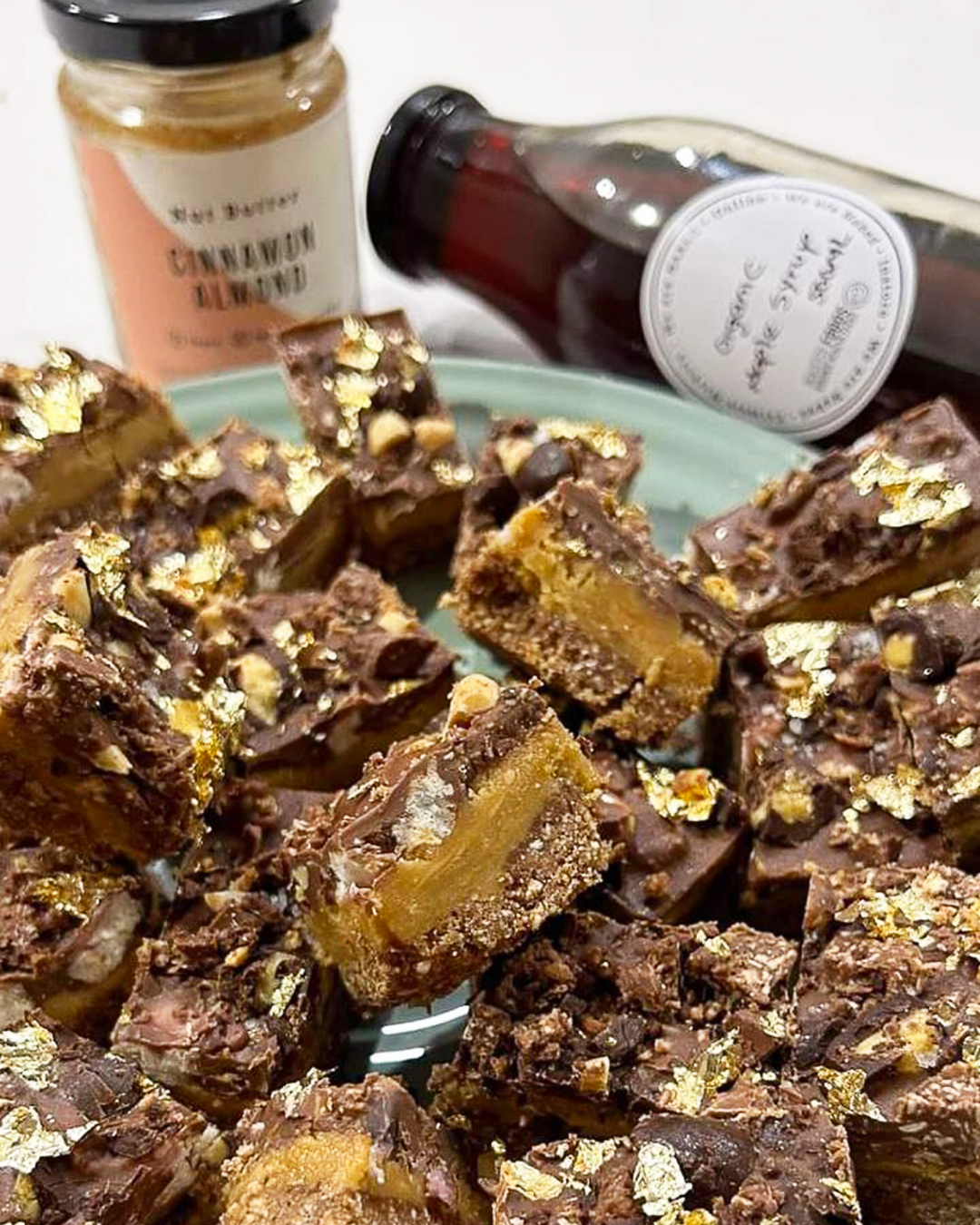If you’ve ever tried our Leatherwood, Tasmanian or Flora honey – you’d know how amazing it tastes. To celebrate World Bee Day, we’ve had a chat with our wonderful farmers to find out more about what makes our honey so special.

1: Our Hives Are Kept In The Pristine Tasmanian Wilderness
Our hives are mostly located in the pristine national parklands of Tasmania, which is one of the last remaining undisturbed and intact ancient wilderness areas on earth unhindered by human activity. The park acts as a refuge for a rich primitive flora, undisturbed river catchments, old growth forests and pristine soils – which remains mostly inaccessible to humans.
Therefore, our honey is produced in one of the last pristine and undisturbed wildernesses remaining on earth, remote from human settlement and free of pollution which maximises both the health of the bees and the health and medical benefits of our honey.
2: We’ve Tested For Antibacterial Properties… And Here Are The Results
Our leatherwood honey is high in antioxidants and enzymes, which, paired with the hives favourable weather and soil conditions, gives it antibacterial properties.
The Leatherwood honey sold in Naked Food stores has been tested for its antibacterial activity in an approved laboratory for it’s Antibacterial Rating.
It was tested for its Total Activity – this measures all the antibacterial activity of a honey without distinguishing between the enzyme activity (that produces hydrogen peroxide) and UMF activity (Unique Manuka Honey Factor). Over the years our antibacterial ratings have tested very highly – one year we even achieved a TA of over 40.

3: The Healing Powers Of Raw Honey
Honey has been used to improve health and as a medicine for thousands of years, with evidence dating as far back as 2,100 BC documenting how honey was prescribed for healing infected wounds and for internal organs.
Over the past 30 years, there have been many studies on the health and medical benefits of raw honey. This includes a significant body of scientific research on the effectiveness of the antibacterial properties of raw honey in either killing or inhibiting the growth of a wide range of bacteria, fungi, parasites, viruses and even some types of tumour cells1.
The following are some of the health and medical benefits that have been found from eating raw honey;
- Wounds – including debridement, inflammation and scaring.
- Burns – including reduced scarring.
- Enhanced immune system activity.
- Pre-biotic effect to improve the microbial health of digestion.
- Improve digestive diseases like peptic ulcers and gastritis.
- Acts as an antioxidant.
- Reduces inflammation of the throat and oesophagus.
Health Precaution
Honey should never be given to children under the age of one year due to the risk of botulism.
Resources
1. The Honey Diet by Mike McInnes
Words by Amy Fraser.










